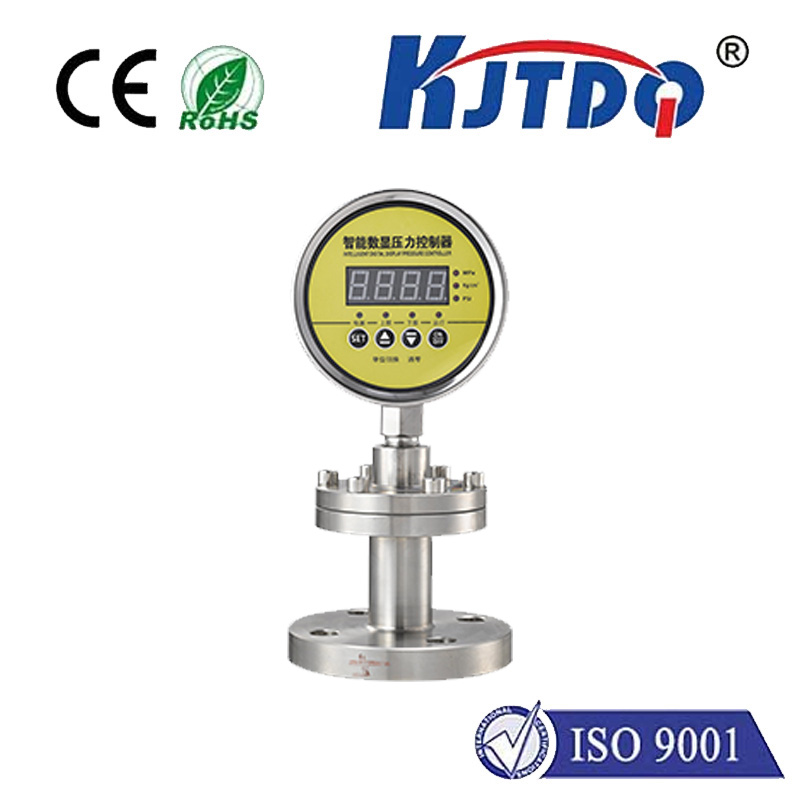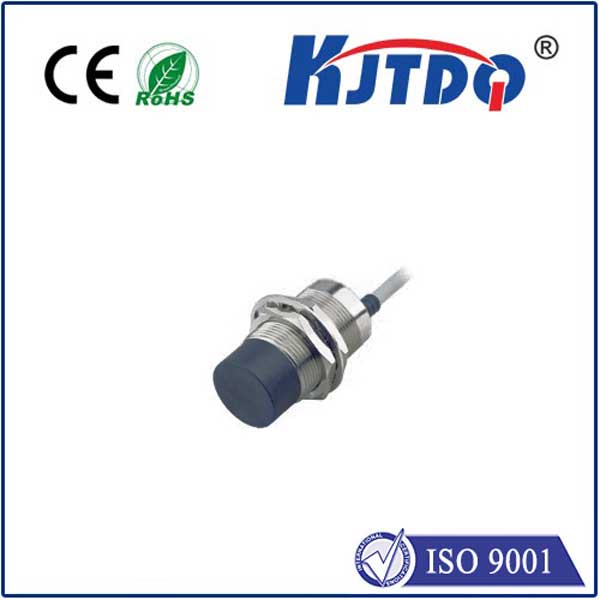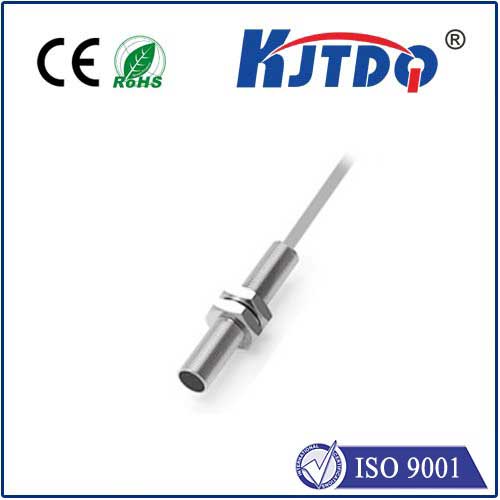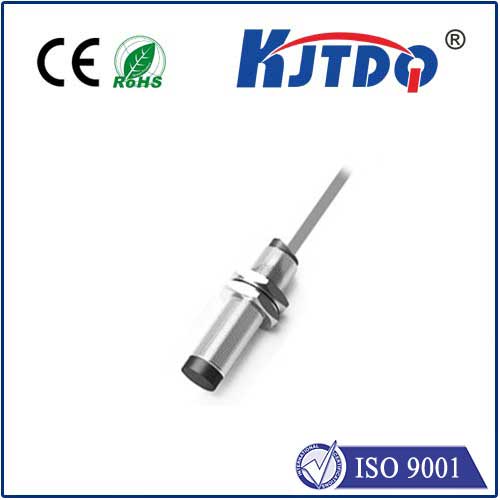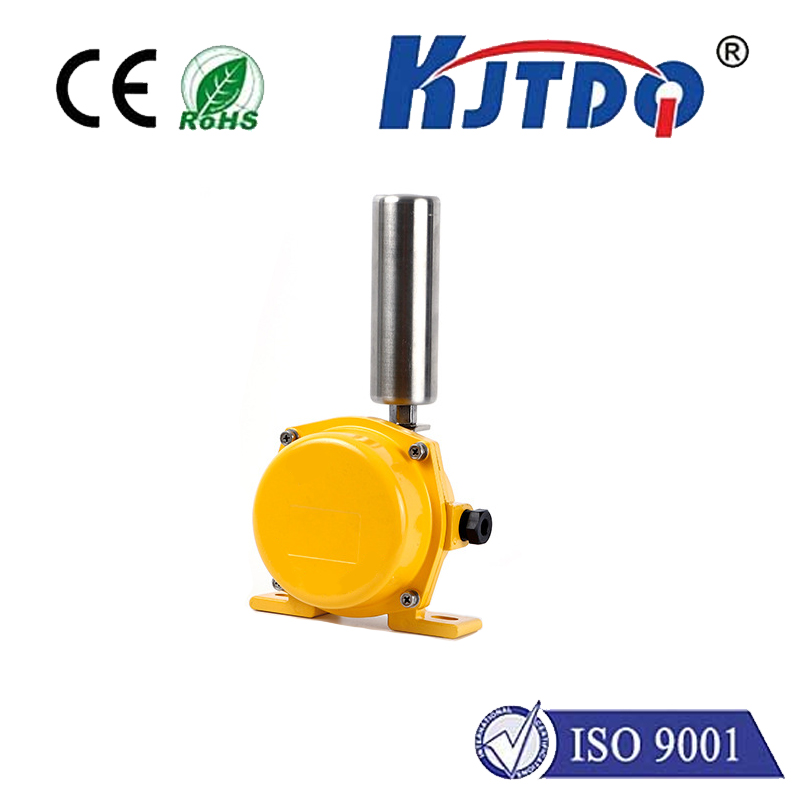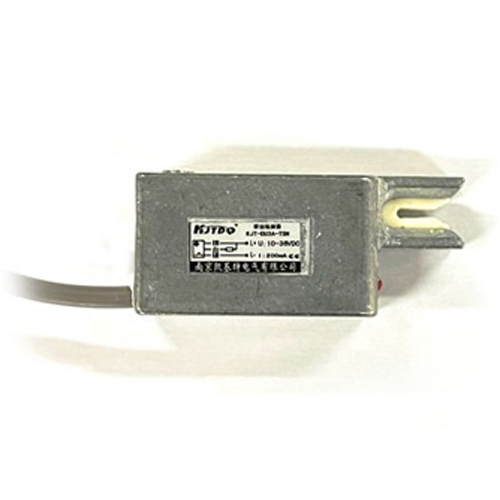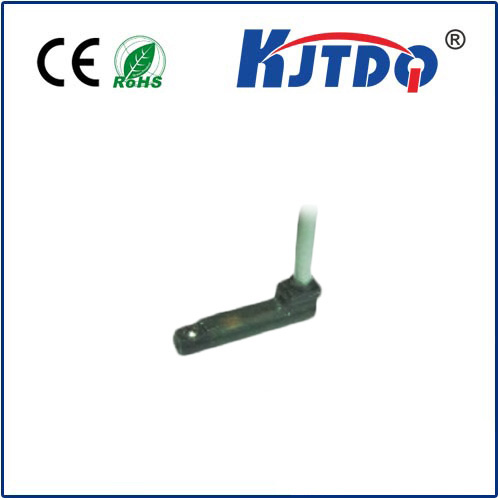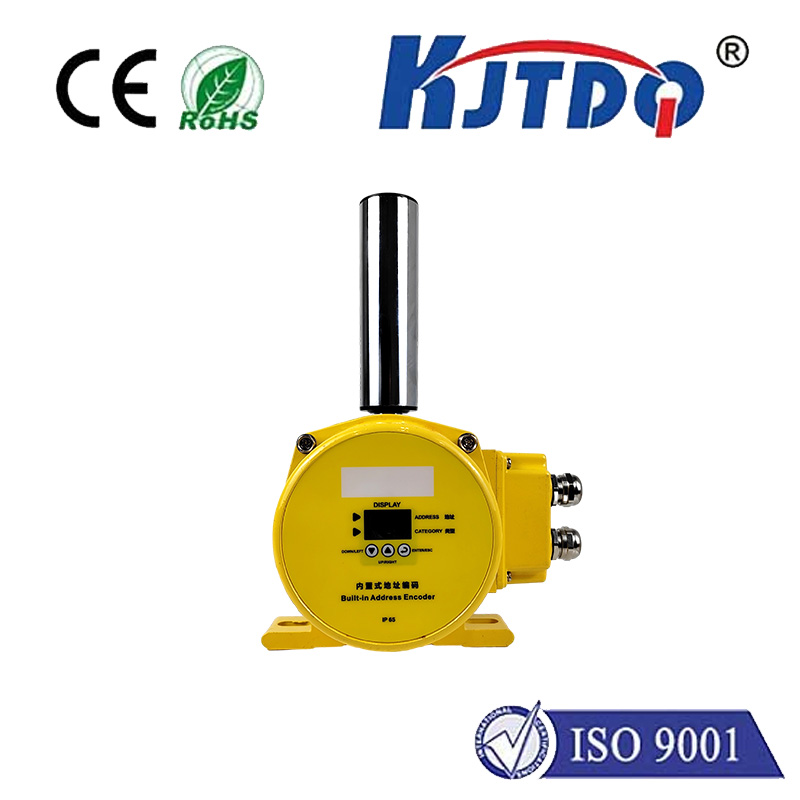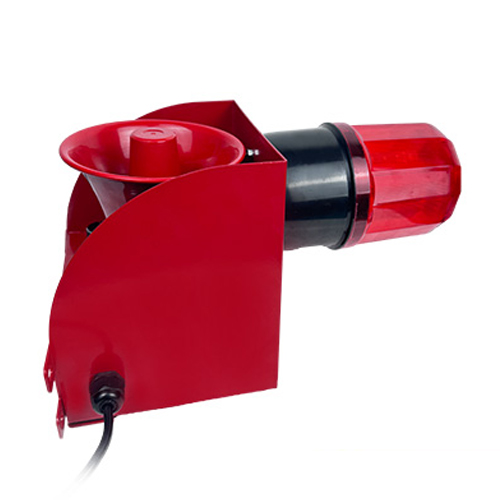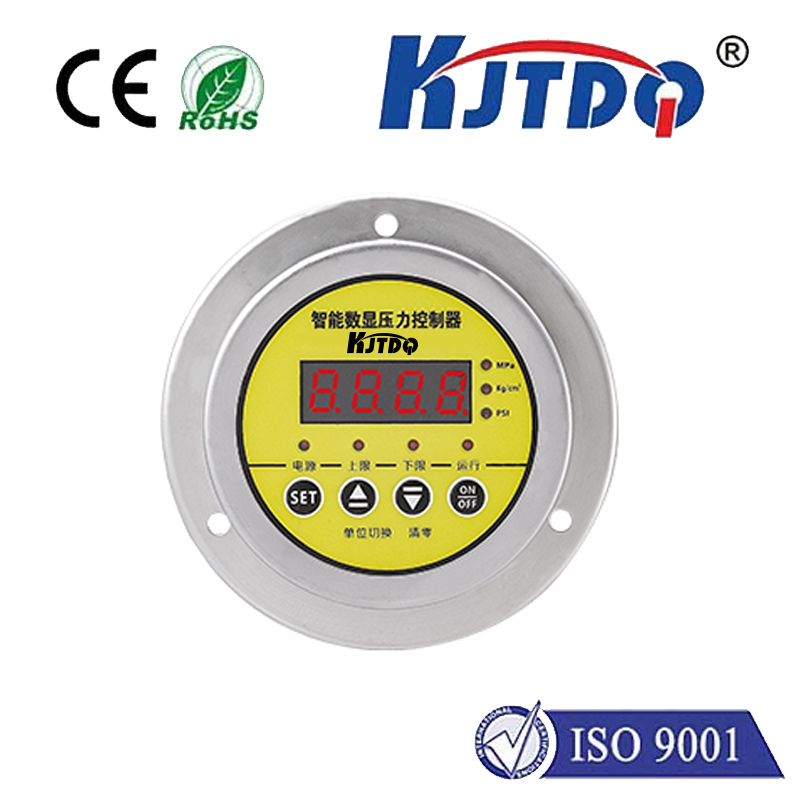micro laser sensor
- time:2025-08-28 01:51:16
- Click:0
Micro Laser Sensors: The Invisible Force Behind Modern Precision Measurement
We live in a world increasingly defined by miniscule tolerances and automated intelligence. From the smartphone in your pocket to the factory floor building electric vehicles, achieving pinpoint accuracy at microscopic scales is paramount. This relentless drive for precision finds a powerful ally in an often-unseen technology: the micro laser sensor. These compact marvels, harnessing the power of focused light, are revolutionizing how we measure, inspect, and control processes across countless industries, enabling feats once thought impossible.
Beyond the Name: What Exactly is a Micro Laser Sensor?
The term “micro” primarily refers to the sensor’s physical size and form factor. Unlike bulky legacy measurement systems, micro laser sensors are designed to be incredibly compact, allowing them to be integrated into tight spaces on production lines, within delicate machinery, or onto mobile platforms like robots and drones. However, “micro” also hints at their capability for measuring exceptionally small displacements and features – often down to the micrometer (µm) or even nanometer (nm) range.
At its core, a micro laser sensor operates by emitting a highly focused laser beam onto a target surface. It then precisely analyzes the interaction of this beam – typically by measuring the position of the reflected light spot using techniques like laser triangulation or phase-shift analysis. This non-contact approach is crucial for measuring delicate, moving, hot, or vibrating surfaces without influencing the measurement itself.

The Unbeatable Advantage: Precision, Speed, and Non-Contact
Why are micro laser sensors becoming indispensable? Their core benefits address the critical needs of modern technology and manufacturing:
- Exceptional Accuracy and Resolution: Leveraging coherent laser light and advanced optical detectors, these sensors achieve measurement resolutions far exceeding traditional contact methods. Micrometer and even sub-micrometer accuracy is routine, essential for semiconductor fabrication, medical device assembly, and high-precision machining.
- Blazing-Fast Response Times: Laser light travels fast, and the associated electronics process data at incredible speeds. This enables real-time measurement and control in high-speed applications, such as monitoring web tension in printing, verifying component placement in electronics assembly, or inspecting thousands of parts per minute.
- Non-Contact Operation: This is perhaps the most significant advantage. The sensor never touches the target. This eliminates wear and tear on the sensor probe, prevents damage to fragile surfaces (like wafers, optical lenses, or thin films), and allows measurement on objects moving at high speeds or under extreme conditions (heat, vibration).
- Compact Size and Robustness: Their miniaturized design allows integration where space is at a premium. Modern micro laser sensors are also engineered to withstand demanding industrial environments, including resistance to dust, ambient light interference (often using modulated lasers), and moderate mechanical shocks.
- Versatility Across Surfaces: While performance can vary depending on material reflectivity and surface texture, micro laser sensors can typically measure on a wide range of materials – metal, plastic, glass, ceramics, and even liquids – making them highly adaptable.
Where Miniaturization Meets Maximum Impact: Key Applications
The unique blend of precision measurement, compact size, and speed unlocks applications across diverse fields:
- Industrial Automation & Robotics: On assembly lines, they perform critical tasks like height verification (ensuring components are seated correctly), edge detection (guiding material handling), presence/absence checking, and gap measurement. Robotic arms use them for precise positioning and guiding complex movements.
- Electronics & Semiconductor Manufacturing: Here, micro-scale accuracy is non-negotiable. Sensors enable wafer thickness measurement, chip lead inspection, solder paste height verification, and component coplanarity checks – ensuring device reliability.
- Quality Control & Metrology: They are vital tools for automated inspection systems, measuring dimensional tolerances, detecting surface defects (scratches, dents), monitoring flatness, and verifying assembly integrity with high repeatability.
- Automotive: Used for brake disc thickness measurement, body panel gap control, fuel injector nozzle inspection, and dynamically measuring wheel alignment or suspension movement.
- Aerospace: Critical for inspecting complex turbine blade geometries, measuring composite material thickness, and ensuring tight tolerances in assembly under challenging conditions.
- Medical Technology: Employed in devices for precise fluid level sensing, minimally invasive surgery tool positioning, and ensuring the dimensional accuracy of complex medical implants.
- Consumer Goods: Ensuring consistent quality in appliance assembly, verifying packaging seal integrity, and monitoring material thickness during production.
The Driving Force: Continuous Innovation
The field of micro laser sensing is far from static. Ongoing research and development focus on:
- Pushing Resolution Limits: Achieving even finer measurement capabilities for next-generation nanotechnology and advanced semiconductors.
- Enhanced Multi-Functionality: Integrating multiple measurement points or combining displacement sensing with other parameters like color or temperature within a single micro package.
- Improved Robustness & Cost-Effectiveness: Making high-precision sensing more accessible and reliable for wider adoption, even in harsh or budget-constrained environments.
- Smarter Integration: Enhanced connectivity (IO-Link, Ethernet) and built-in intelligence for easier setup, self-diagnosis, and seamless integration into Industry 4.0 data ecosystems.
The Unseen Essential
While often operating out of sight, micro laser sensors are fundamental enablers of the precision, speed, and automation that define modern technological progress. Their ability to deliver high-resolution, non-contact dimensional measurement reliably within a minuscule footprint makes them irreplaceable tools from the research lab to the high-volume factory floor. As objects get smaller, processes get faster, and quality demands get stricter, the reliance on these technological marvels will only deepen, silently driving innovation and ensuring perfection one microscopic measurement at a time.






